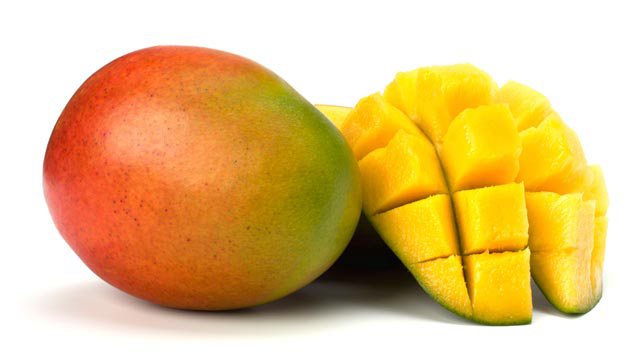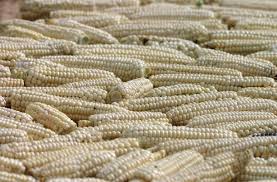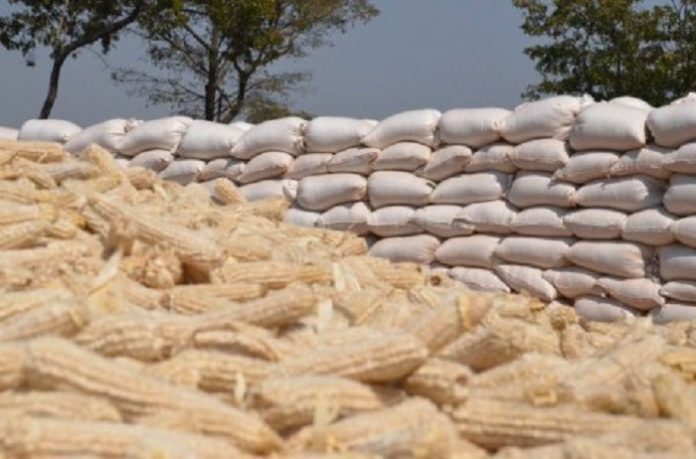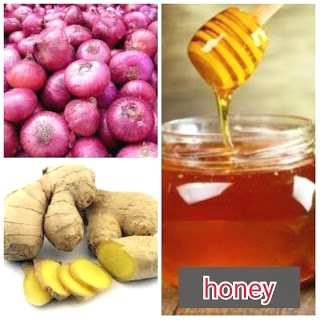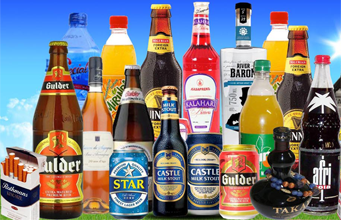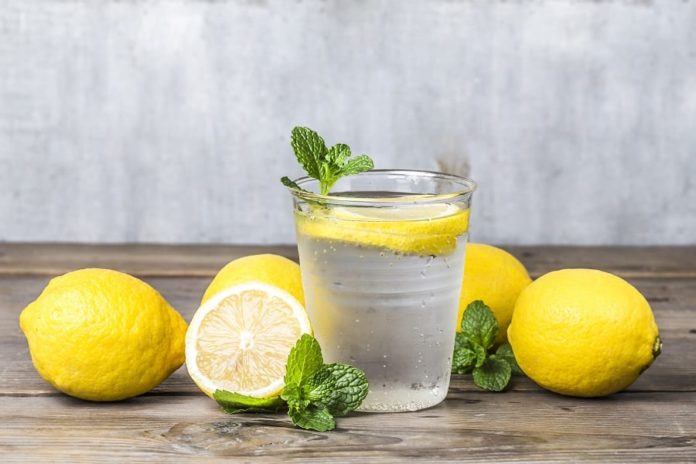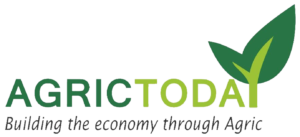Fish is one of the most beneficial protein sources for your diet. It’s filled with essential nutrients, like omega-3 fatty acids, and is a great source of protein to keep your body lean and your muscles strong. Fish doesn’t only impact your waistline, but also other functions of your body including your liver, brain, and even your sleep. So make sure you’re incorporating fish into your diet to reap these benefits.
It lowers the risk of heart disease.
Fish consumption is associated with a lower risk of fatal and total coronary heart disease. Fish is high in heart-healthy omega-3 fatty acids which can reduce inflammation, help protect your heart, and stave off chronic disease.
It reduces the risk of Alzheimer’s disease.
Fish is also a dietary essential for your brain. Moderate seafood consumption was linked with a lower risk of Alzheimer’s disease. The study found that those who consume fish regularly had more grey brain matter, which reduces brain shrinkage and deterioration that can lead to brain function complications. Although they noted that seafood consumption was also correlated with higher levels of mercury in the brain, it was not correlated with brain neuropathy.
It can help lower symptoms of depression.
This seafood is also amazing for your mental health. The Journal of Psychiatry & Neuroscience found that fish oil can help improve symptoms of depression when taken with a Selective Serotonin Reuptake Inhibitor (SSRI), a type of antidepressant. Although there are reports of fish oil decreasing symptoms of depression on its own, there still needs to be more research conducted to prove this claim.
It’s a great source of vitamin d.
According to The National Institutes of Health, fish are high in vitamin D, and are considered one of the best dietary sources for this essential nutrient. According to the NIH, vitamin D is beneficial for calcium absorption for bone health and growth. Because 70% of the U.S. population does not meet the Estimated Average Intake (EAR) of vitamin D every year, it will certainly be helpful if you add more of this nutrient-dense food to your diet.
It helps improve vision and eye health.
The Agency for Healthcare Research and Quality found that omega-3 fatty acids are beneficial to improving vision and eye health. This is because the brain and eyes are heavily concentrated in omega-3 fatty acids and need them to maintain their health and function, according to the AHRQ’s findings. Fish is one of the best sources of these good fats.
It can help you sleep better.
If you have trouble falling or staying asleep, eating more fish may do the trick. According to a study published by The Journal of Clinical Sleep Medicine, increased consumption of fish improved the quality of sleep for most subjects. Researchers suspect that this is due to fish’s high concentration of vitamin D, which aids in sleep, according to the study.
It helps fight acne.
Whether you have hormonal or adult acne, fish can help alleviate your skin. A study published by BioMed Central noted that fish oil is beneficial to clearing skin for people with moderate to severe acne.
It’s helpful in alleviating rheumatoid arthritis.
If you suffer from rheumatoid arthritis, which is a chronic inflammation of your joints, eating more fish can help alleviate the swelling and pain. The American College of Rheumatology found that higher consumption of fish actually lowers disease activity in rheumatoid arthritis.
It’s lean meat.
The American Heart Association noted that fish is a great source of protein without the high saturated fat content than many other types of meat have. The AHA recommends eating two servings of fish per week, preferably fatty fish, which have a higher omega-3 fatty acid content.
It helps lower cholesterol.
The Baylor University Medical Center Proceedings noted that the omega-3 fatty acids found in fish oil assist in lowering LDL levels (also known as “bad” cholesterol levels) in the body. The omega-3 fatty acids in fish are known to help lower cholesterol-building lipids in the blood, according to the university’s findings.
It decreases the risk of heart failure.
Fish has a very heart-healthy reputation, and for good reason. A study conducted by the Division of Aging at Brigham and Women’s Hospital’s Department of Medicine showed that moderate consumption of fish will help lower the risk of heart failure, due to its high concentration of heart-healthy omega-3 fatty acids.
It lowers the risk of strokes.
Another way that fish helps your brain health is by decreasing the risk of strokes. According to The British Medical Journal, the high omega-3 fatty acid content in fish also helped lower the risk of strokes in subjects of the study.
It decreases the risk of autoimmune disease.
According to a study published in the journal Nutrition and Diabetes, eating fatty fish can actually help prevent autoimmune diseases such as type 1 diabetes. Fish’s high vitamin D content assists in your body’s immunity and glucose metabolism, according to the study.
It lowers the risk of cancer.
Fish can even lower the risk of certain cancers, according to a study by The American Journal of Clinical Nutrition. The study showed that people who had a high consumption of fish actually had a lowered risk of digestive cancers, such as oral cavity, pharynx, colon, and pancreas cancers, in comparison to those who ate lower amounts of fish.
It speeds up your metabolism.
Research from the Department of Human Health and Nutritional Sciences at the University of Guelph found that omega-3 fatty acids, which are abundant in fish, have a positive effect on your metabolism. The study noted that this healthy fat boosted resting and exercise metabolic rates, as well as fat oxidation, in older women.
It lowers blood pressure.
If you have high blood pressure, incorporating more fish into your diet may help lower it. A study published in the journal Circulation found that fish oil is helpful in lowering blood pressure due to its high concentration of omega-3 fatty acids.
It increases concentration and attention span.
Fish has also been shown to help with concentration and attention in adolescents. A study published in Nutritional Journal found that students between the ages of 14 and 15 who ate fatty fish over other meats had higher rates of concentration and were able to pay attention longer in comparison to those who ate less of it.
It alleviates PMS symptoms.
Fish can also assist with premenstrual symptoms in women, according to a study published by the Journal of Psychosomatic Obstetrics & Gynecology. The study found that the interference of premenstrual symptoms in the daily lives of women heavily reduced when they increased their ingestion of omega-3 fatty acids, which is found in most fish.
It helps treat liver disease.
Omega-3 fatty acids found in fish have also been shown to help treat liver disease. A study by Columbia University showed that omega-3 helps break down triglycerides and fatty acids in the liver, lowering the risk of fatty liver disease.
Source: eatthis.com


